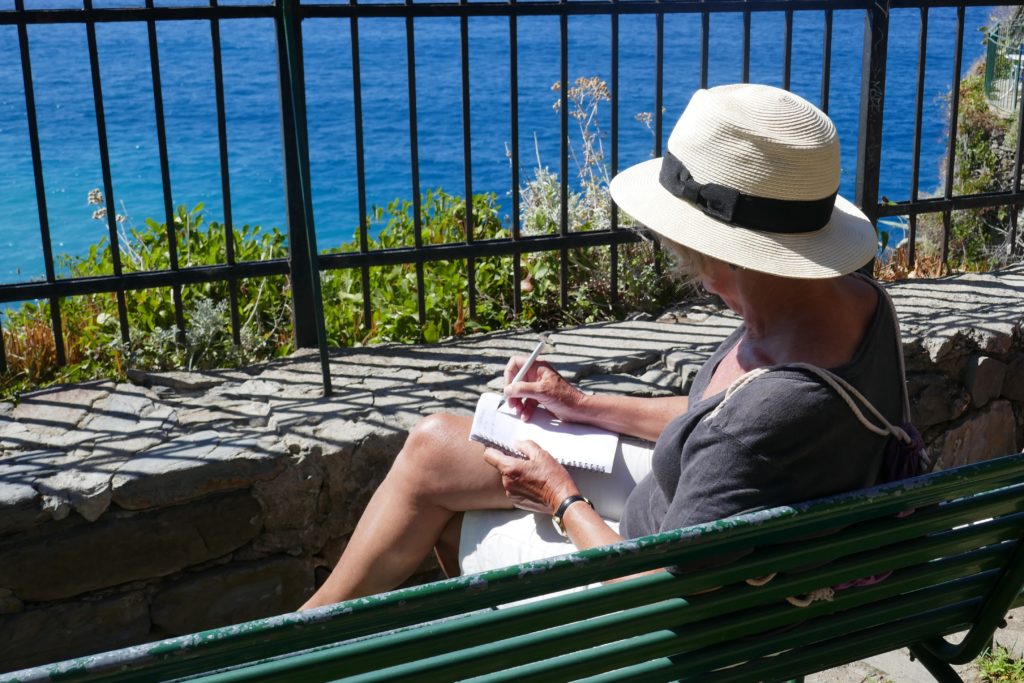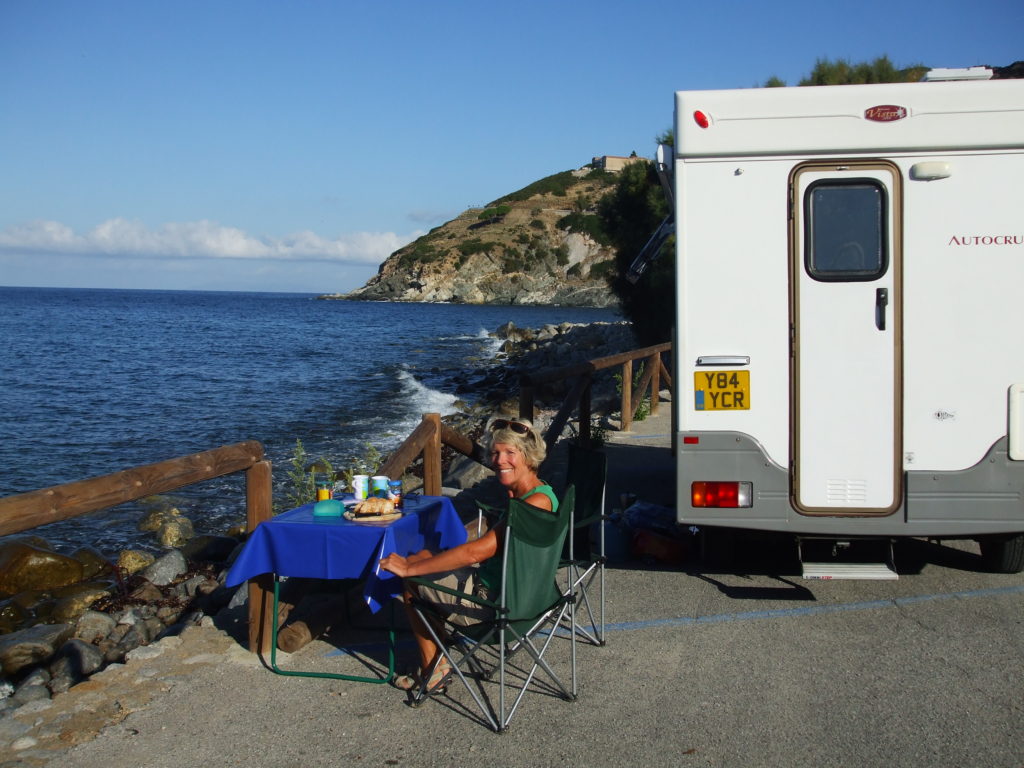How To Fold Button Up Shirts For Travel
A well-folded shirt is not only neater, but it also takes up less space in your luggage. Follow these steps to fold a button-up shirt for travel:1. Lay the shirt out flat on a table.2. Fold the sleeves in towards the middle of the shirt.3. Fold the shirt in half, lengthwise.4. Fold the shirt in half again, this time width-wise.5. Place the shirt in a Ziploc bag or other type of baggie.Your shirt will now be neatly folded and taking up much less space in your luggage.
Importance of Properly Folding Button-Up Shirts for Travel
When traveling, it’s important to have your clothes organized and wrinkle-free. One way to do this is by folding your button-up shirts properly. This will save space in your suitcase and help keep your clothes looking crisp.There are a few ways to fold a button-up shirt. The following is one method:1. Start by laying your shirt flat on a surface.2. Fold the sleeves in towards the middle of the shirt.3. Fold the shirt in half, bringing the bottom up to the top.4. Fold the shirt in half again, this time bringing the left side to the right.5. Finally, fold the shirt in half one last time.Your shirt is now folded and ready to go in your suitcase!
Assessing the Number of Shirts Needed for the Trip
When traveling, it’s important to pack light. One way to do this is to fold your shirts so they take up less space in your luggage. Here’s how to do it:1. Lay the shirt out flat on a surface.2. Fold the sleeves in toward the middle of the shirt.3. Fold the shirt in half lengthwise.4. Fold the shirt in half again.5. Place the shirt in a Ziploc bag or packing cube.You should be able to fit at least two or three folded shirts in a Ziploc bag or packing cube.
Preparing Button-Up Shirts for Folding
There are a few things to remember when folding a button-up shirt for travel. First, always button the shirt all the way up before folding it. This will help keep the shirt’s shape. Next, lay the shirt flat on a surface and fold the sleeves in towards the body. Then, fold the shirt in half lengthwise. Finally, fold it in half again, and it’s ready to go in your suitcase!
Choosing the Right Folding Technique
There are multiple ways to fold a button-up shirt for travel. The way you choose to fold your shirt will depend on the type of shirt, the amount of wrinkles you are willing to accept, and the amount of space you have to store it.The simplest way to fold a shirt is to lay it out flat, fold the arms in, and then fold the shirt in half. This method is good for shirts that are not wrinkled and do not require a lot of space.Another way to fold a shirt is to lay it out flat, and then fold the arms in so that they overlap the shirt. Next, fold the shirt in half so that the arms are now in the middle. This method is good for shirts that are wrinkled or need to be folded small.A third way to fold a shirt is to lay it out flat, and then fold the arms in so that they overlap the shirt. Next, fold the bottom of the shirt up to the middle of the arms. Finally, fold the top of the shirt down to cover the bottom. This method is good for shirts that are wrinkled or need to be folded small.
Step-by-Step Guide: Folding Button-Up Shirts for Travel
If you’re like most people, you probably have at least a few button-up shirts that you wear on a regular basis. But have you ever stopped to think about how you fold them? Folding your shirts the wrong way can actually cause them to become misshapen and wrinkled, which is the last thing you want when you’re trying to look your best.The trick to folding a button-up shirt for travel is to keep the collar, cuffs, and buttons as smooth and wrinkle-free as possible. Here’s a step-by-step guide on how to do it:1. Start by laying the shirt out flat on a table or the floor.2. Fold the sleeves in towards the middle of the shirt.3. Next, fold the shirt in half lengthwise.4. Now, fold the shirt in half widthwise.5. Finally, fold the shirt in half one more time so that it’s in a long, thin rectangle.And that’s it! Your shirt is now neatly folded and ready to go in your suitcase or carry-on.
Packing Strategies: Storing Folded Shirts in Luggage
Button up shirts can be a pain to fold and pack, especially if you’re trying to conserve space in your luggage. Here are a few tips on how to fold them for travel:1. Lay the shirt out flat and smooth it out.2. Fold the sleeves in towards the center of the shirt.3. Fold the shirt in half length-wise.4. Fold the shirt in half again, width-wise.5. Place the folded shirt in your luggage and it’s ready to go!If you’re not going to wear the shirt for a while, you can also store it folded in your luggage like this. When you’re ready to wear it again, just unfold it and it’s ready to go.
Tips for Minimizing Wrinkles while Folding Shirts
If you’re like most people, you probably have a few button-up shirts that you like to wear on travel days. They’re comfortable, versatile, and can easily be dressed up or down. The only problem? They tend to wrinkle easily.Here are a few tips for minimizing wrinkles while folding shirts:1. Start with a clean, dry shirt.2. Fold the shirt in half, lengthwise.3. Fold the shirt in half again, width-wise.4. Fold the shirt once more, in half lengthwise.5. Fold the shirt in half again, width-wise.6. Fold the shirt into a small square.7. Tuck the shirt into a small bag or suitcase.If you follow these tips, you should be able to pack a few button-up shirts without worrying about them getting wrinkled.
Unpacking and Restoring the Shape of Folded Shirts After Travel
Restoring the Folded Shirt ShapeIf you have ever traveled with a button-up shirt, you know the struggle of trying to get the wrinkles out. Not to mention, trying to get the shirt to look like it was when you first folded it. Here is a guide on how to fold your button-up shirt for travel and how to restore the shape when you unpack it.How to Fold a Button-Up Shirt for Travel1. Lay the shirt out flat on a surface.2. Fold the shirt in half, lengthwise.3. Fold the shirt in half again, widthwise.4. Fold the shirt in half once more, making sure the collar is folded down.5. Place the folded shirt in a packing cube or in your luggage.How to Unfold a Button-Up Shirt1. Remove the shirt from your luggage or packing cube.2. Unfold the shirt and lay it out flat on a surface.3. Shake the shirt out and smooth out the wrinkles.4. Flip the shirt over so the back is facing up.5. Smooth out the wrinkles on the back of the shirt.6. Fold the shirt in half, widthwise.7. Fold the shirt in half again, lengthwise.8. Fold the shirt in half once more, making sure the collar is folded down.9. Place the folded shirt in a packing cube or in your luggage.












